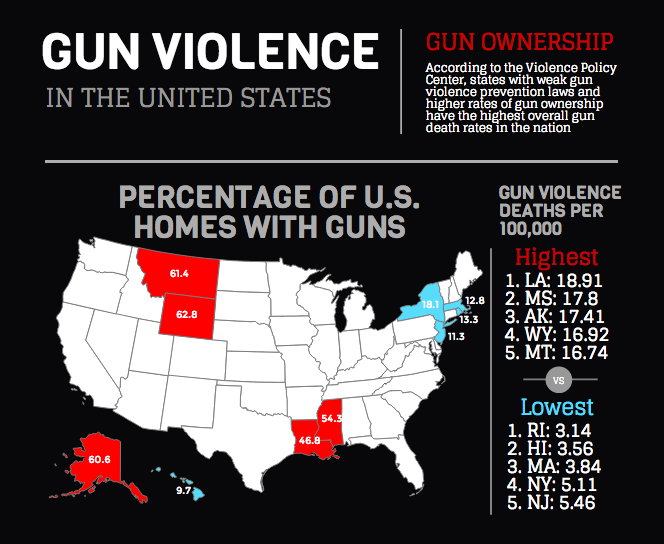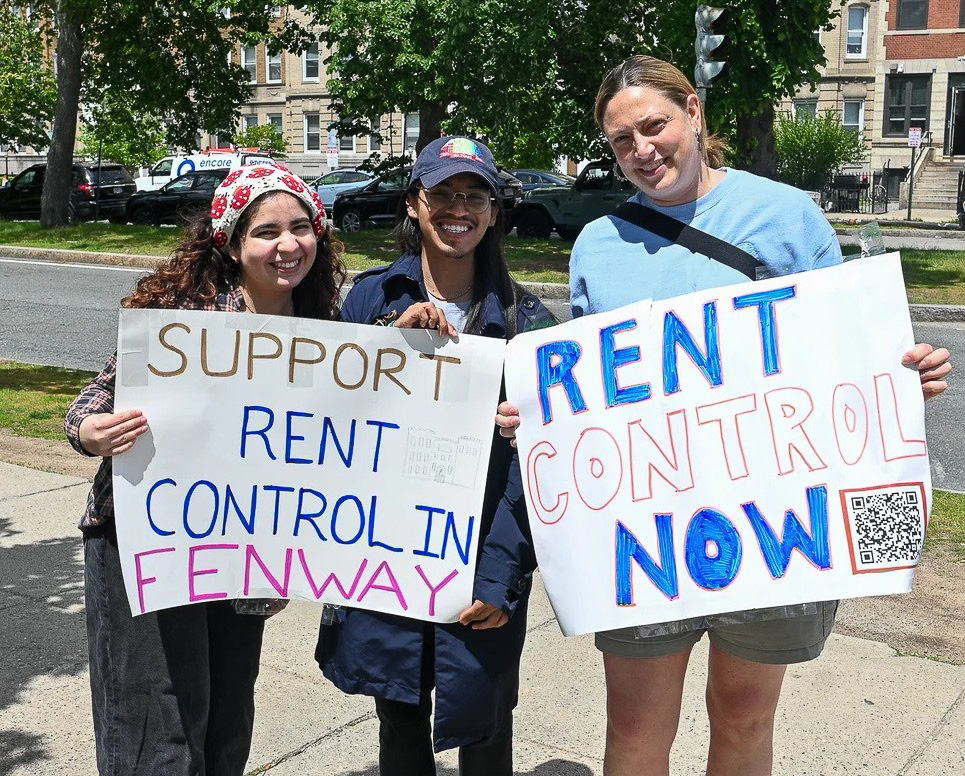
The 2012 massacre at Sandy Hook Elementary School in Newtown, Connecticut took the lives of 26 children and adults, making it the second most deadly school shooting in U.S. history. The tragedy has fueled ongoing debate about the relationship of gun ownership and homicidal crime.
Through an observational study published in the October issue of the American Journal of Public Health, researchers at the Boston University School of Public Health have joined the conversation.
“What it showed me is that there was very little discussion of science. It was almost all politics and ideology. It is important to bring science into this,” said Michael Siegel, lead author of the study and professor of community health sciences at SPH. “The NRA [National Rifle Association] continually makes the argument that the more guns are out there, the more people are protected…so we decided to look at this hypothesis.”
Siegel and his team analyzed the relationship between state-specific household gun ownership and both stranger and non-stranger homicide rates from 1981 to 2010. The FBI’s Supplemental Homicide Report, which identifies homicides by the relationship between victim and offender, was used as the source of crime data for the two varieties of homicides.
But due to a lack of consistent survey data on household gun ownership at the state level, measuring gun ownership took more problem solving.
“Every state has a behavioral risk survey, and they ask all kinds of health related questions,” Siegel said. “But they don’t ask the very simple question: ‘Do you own a gun?’”
As a result, Siegel utilized an established proxy method to estimate household gun ownership that divides the number of firearm suicides by the number of total suicides. This proxy method has been proven to correlate strongly to measurements of household gun ownership.
The study found that a 1 percent increase in gun ownership correlated with a 0.9 percent increase in non-stranger homicides — a strong positive association between the two measurements. No significant relationship between gun ownership and stranger homicide rates was found.
If gun ownership actually helped to deter violence, Siegel said, states with higher household gun ownership would see lower instances of stranger-related homicide. But this was not the case.
Siegel said the lack of evidence in support of the NRA’s hypothesis could be attributed to the motives of criminals.
“When you’re talking about stranger homicides, you’re talking about true criminals who are possibly sociopathic,” he said. “For that type of person, the availability of firearms doesn’t matter. They are intent on committing these crimes. They’re not going to worry about purchasing the gun legally.”
In addition to the study’s data, the nature of guns themselves is a subject worth examining, said David Hemenway, a professor of health policy at Harvard School of Public Health.
“Whatever benefit from guns in terms of protection seems to be overwhelmed by detriment in terms of homicide,” he said. “Guns make violent interactions lethal.”
The average proportion of firearm homicides committed by strangers over the study’s period was found to be 21.9 percent, making up less than one-fourth of total homicides, the remainder being non-stranger.
“In these cases [non-stranger homicides], the availability of firearms is important,” Siegel said. “These are domestic violence situations where people have anger and confrontation. When these confrontations happen and when guns are available, people will use them.”
Siegel said he hopes the study will spur more research in the field, with an ultimate goal of influencing policy decisions.
“It’s important these policies be informed by scientific data regarding what works and what doesn’t work,” he said.
In the meantime, the presence of firearms among citizens remains a hot topic for debate. And for now, working to manage the current gun laws is necessary, Hemenway said.
“Clearly we have a lot of guns,” he said. “Let’s find a better way to live with our guns.”



















































































































